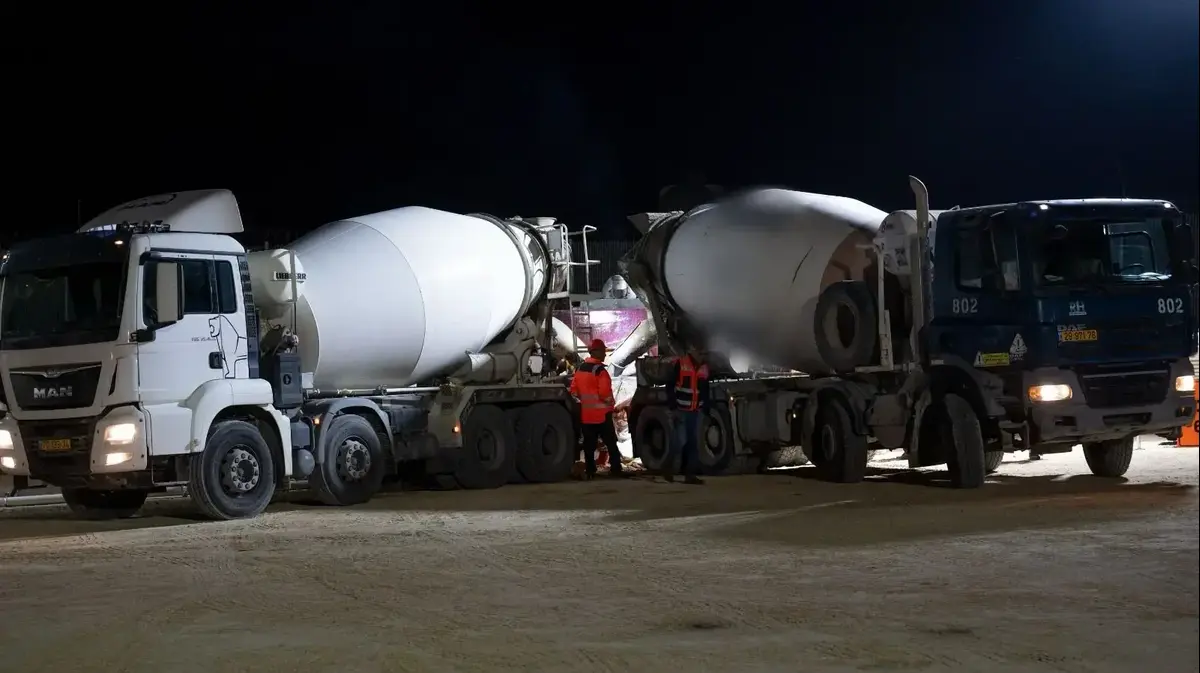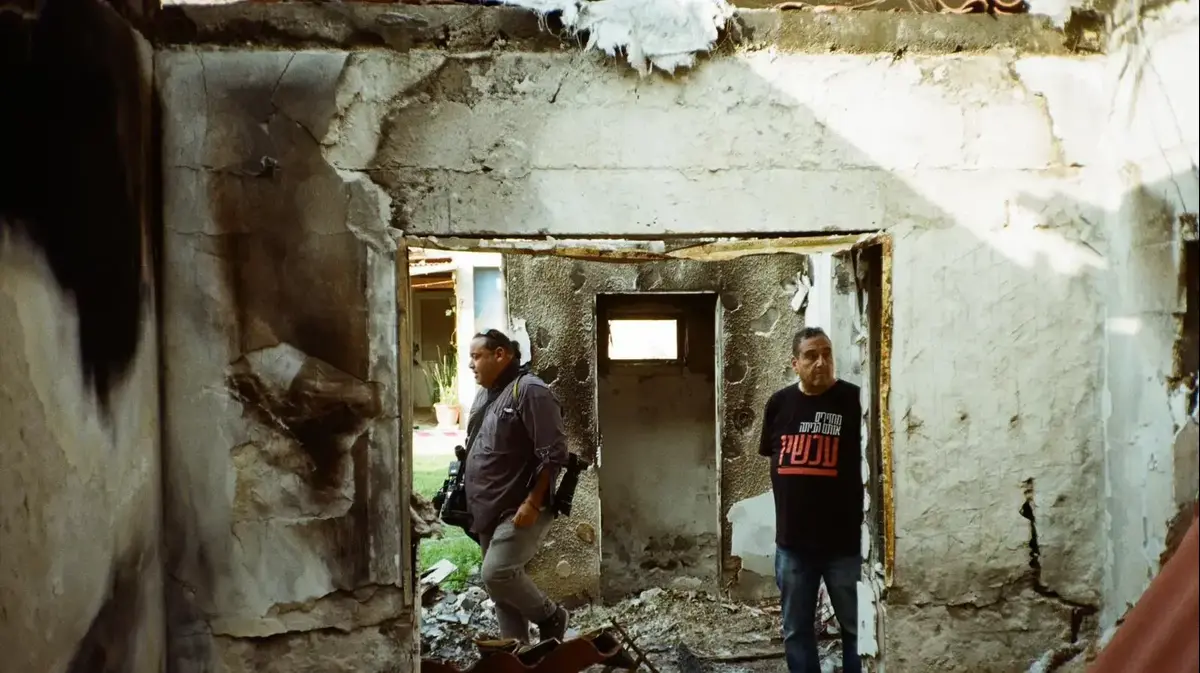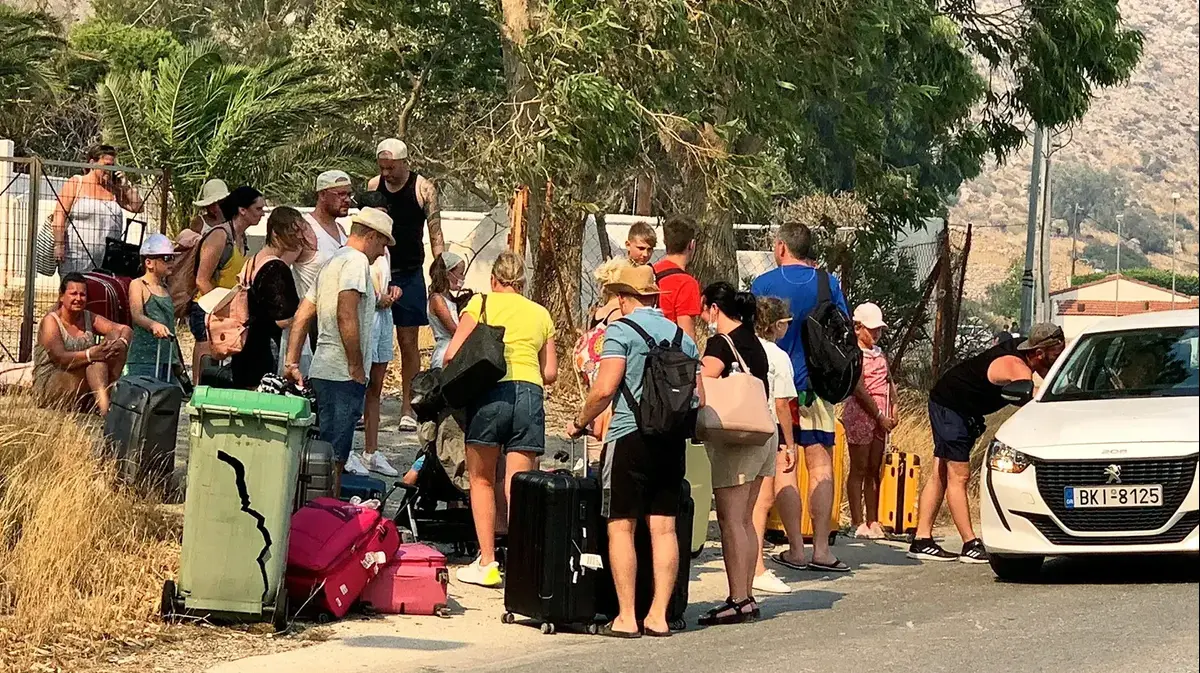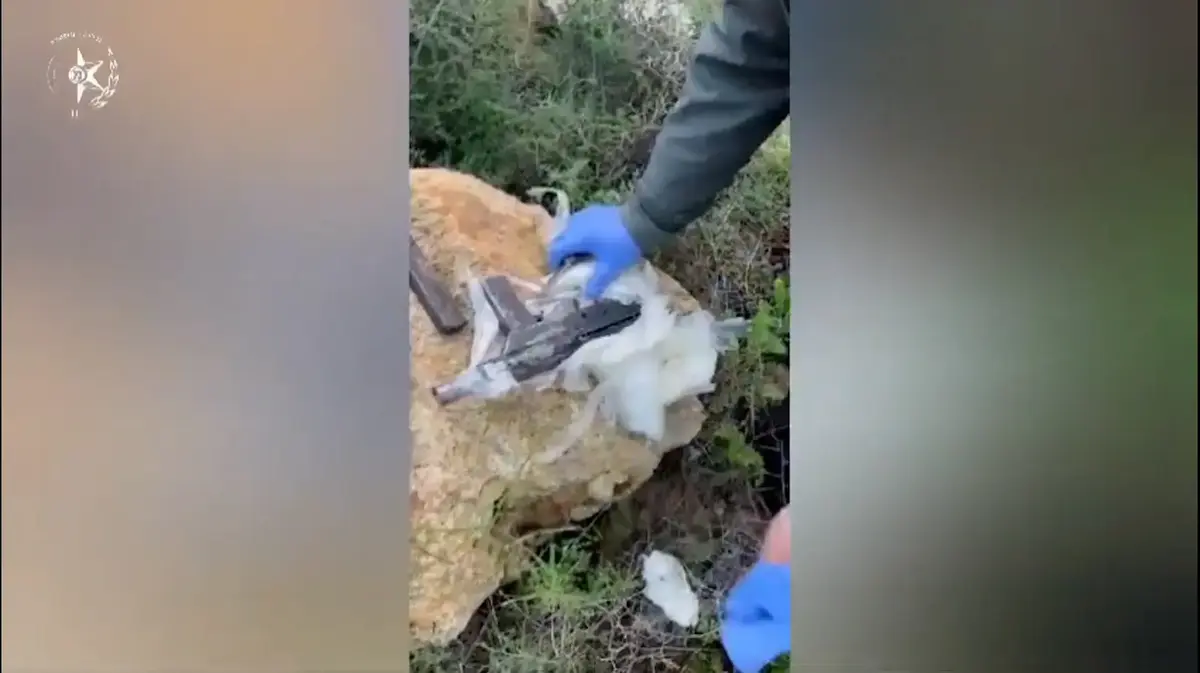Tourism
news
A 2000-year-old mikveh that was uncovered in the north was transferred to Kibbutz Hanaton
A 2000-year-old mikveh, which was uncovered near the HaMovil junction in the north, was transferred in a complex operation to Kibbutz Hanaton on the way to its new and permanent home.
The mikveh was part of an agricultural farm from the Second Temple period, the remains of which were found in the area
Tags
Hanaton
Hope
Israel Antiquities Authority
Ziv Reinstein
Tuesday, 29 September 2020, 16:57
Share on Facebook
Share on WhatsApp
Share on general
Share on general
Share on Twitter
Share on Email
0 comments
Strange marine creatures found in Antarctica
Maagan Michael Coastal Strip
Documentary excerpts from Yom Kippur in Israel
The exhibition "The Naked Man in Art from the 18th Century to the Present" ...
Dolphins Sand Beaches Tel Aviv
A gray heron is being treated at the safari's wildlife hospital
A dolphin is found swimming with sap surfers on the shores of the Krayot
Nahal Kziv
Kopenhagen Thailand
Mikveh Tehara at the HaMovil junction was transferred in a special operation to Kibbutz Hanaton (Photo: Emil Aljem, Israel Antiquities Authority)
An unusual sight was seen today (Tuesday) on the northern roads:
a 2000-year-old mikveh, weighing 57 tons, which was exposed north of the carrier junction, hoisted by a crane and carried on a heavy equipment carrier, on its way to a new permanent home in Kibbutz Hanaton.
Archaeological excavations by the Israel Antiquities Authority prior to the construction of a central interchange at the Hamovil junction in the Lower Galilee, initiated by Netivei Israel, recently revealed the remains of an agricultural farm from the Second Temple period, including a magnificent mikveh.
This is the first Jewish agricultural farm discovered in the Galilee.
The excavations were conducted with the help of workers from the village of Manda, students of pre-military preparatory schools and volunteers from the surrounding localities, including residents of the nearby Kibbutz Hanaton.
According to the excavation directors, Abed Ibrahim and Dr. Walid Atrash of the Israel Antiquities Authority, "The magnificent mikveh unearthed in the excavation is of an ancient type called 'Jerusalem' - with a narrow entrance and a wide staircase, plastered with plaster that characterizes mikvahs from the Second Temple period.
The agricultural farm in which the mikveh is located existed until it was destroyed in an earthquake in 363 AD.
It was restored and rebuilt and continued to exist throughout the Byzantine period - until the 6th century AD.
More on Walla!
NEWS
The Israelis who eat every day at the chef's restaurant at their home
In collaboration with Beit Balev
To the full article
Weight 57 tons.
Mikveh HaTahara, which was copied today from the HaMovil junction (Photo: Yuli Schwartz, Israel Antiquities Authority)
The ancient agricultural farm and the mikveh of purity within it (Photo: Abed Ibrahim, Israel Antiquities Authority)
Jews also lived on agricultural farms
The existence of a tahara facility indicates that the residents of the farm were Jews, who led a religious and traditional way of life, and used to keep tahara as a commandment of the Torah.
The mikvahs of purity have been used in daily life among the Jews since before the destruction of the Temple and especially after it, to this day.
During the Roman period, mikvahs were built in Jewish villages and farms near agricultural installations, such as cloth houses, art houses and winepresses.
Before the production of agricultural produce, farmers used to dip in the mikveh in order to produce agricultural produce, such as olive oil and wine, in purity.
According to Ibrahim and Dr. Atrash, "The discovery of the mikveh in Beit Hava changes what we knew about the way of life of Jews during the Second Temple period.
Until now, since Jewish farms were not known in the Galilee, it was common to think that Jews in Roman times did not settle on farms outside villages or cities.
The exposure of the Jewish agricultural farm away from the village of Sheikhin and the then large Jewish city, Tzipori, shows that Jews also lived on agricultural farms, which may have served as the agricultural home front of the city of Tzipori. " She donated her heavy kidneys to the operation. "
Mikveh HaTahara is raised to a leader who will take him to his new home in Kibbutz Hanaton (Photo: Yuli Schwartz, Israel Antiquities Authority)
The ancient farmhouse near the interchange being built at the Yiftachel junction (Photo: Yaniv Berman, Israel Antiquities Authority)
Seventeen hundred years have passed since the farm was destroyed in an earthquake, and about fourteen hundred years since the place was completely abandoned, a huge bridge began to be built in the green valley that would carry a bypass road at the leading junction.
One of the foot of the bridge was built at the foot of the hill, and a need arose to anchor it.
To do this, deep foundation trenches must be dug in the rock at the foot of the hill, where the mikveh was exposed.
Since the mikveh could not be preserved on the site, the idea arose to detach the installation from the rock and copy it to a protected site for display, for the benefit of the public.
The Israel Antiquities Authority, together with members of Kibbutz Hanaton, joined Operation Mikveh.
The residents, who even launched a mass funding campaign for the cause, proposed placing the ancient mikveh next to the kibbutz's active mikveh of purity.
In cooperation with the Israel Antiquities Authority, the Ministry of Jerusalem and Heritage, Netivei Israel, the Jezreel Valley Regional Council and the residents, the necessary funding was obtained to move the ancient mikveh.
In the past week, preparatory work for the extraordinary copying operation was carried out with the help of Herod Engineering and accompanied by the Conservation Authority of the Israel Antiquities Authority.
The mikveh was first sawn from all sides, detached from its base and surrounded by a steel cage in order to maintain it and allow it to be hoisted.
Today, to the cheers of the kibbutz children and residents, it was hoisted in the air and placed in its new place.
According to Steve Gray, Anat Harel and many Haviva Ner-David, residents of Hanaton and activists in the mikveh copying initiative: "We at the kibbutz are so excited to establish a historical and traditional connection with our roots in the Galilee. To renew the old and sanctify the new. It is a privilege to be part of the process."
Abed Ibrahim, director of the excavation near the ancient mikveh he uncovered (Photo: Yaniv Berman, Israel Antiquities Authority)
Mikveh HaTahara in the copying process at the HaMovil junction (Photo: 'Abed Ibrahim, Israel Antiquities Authority)
Share on Facebook
Share on WhatsApp
Share on general
Share on general
Share on Twitter
Share on Email
0 comments









